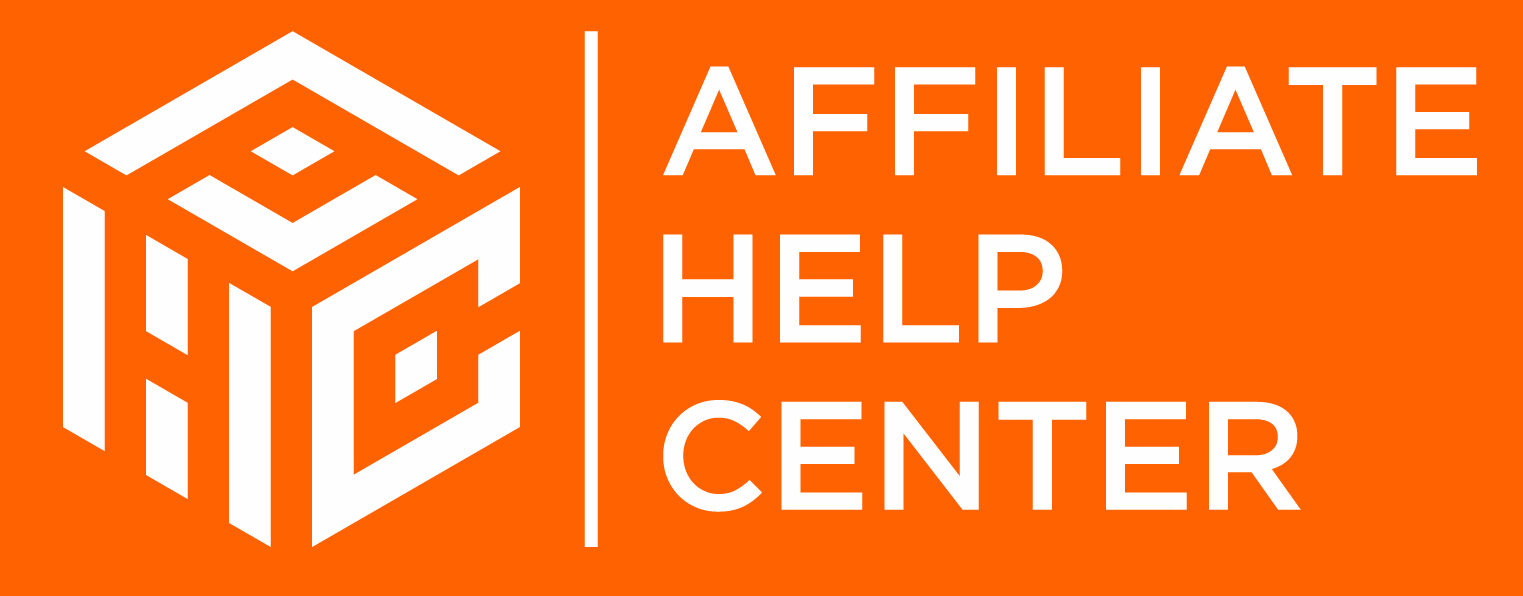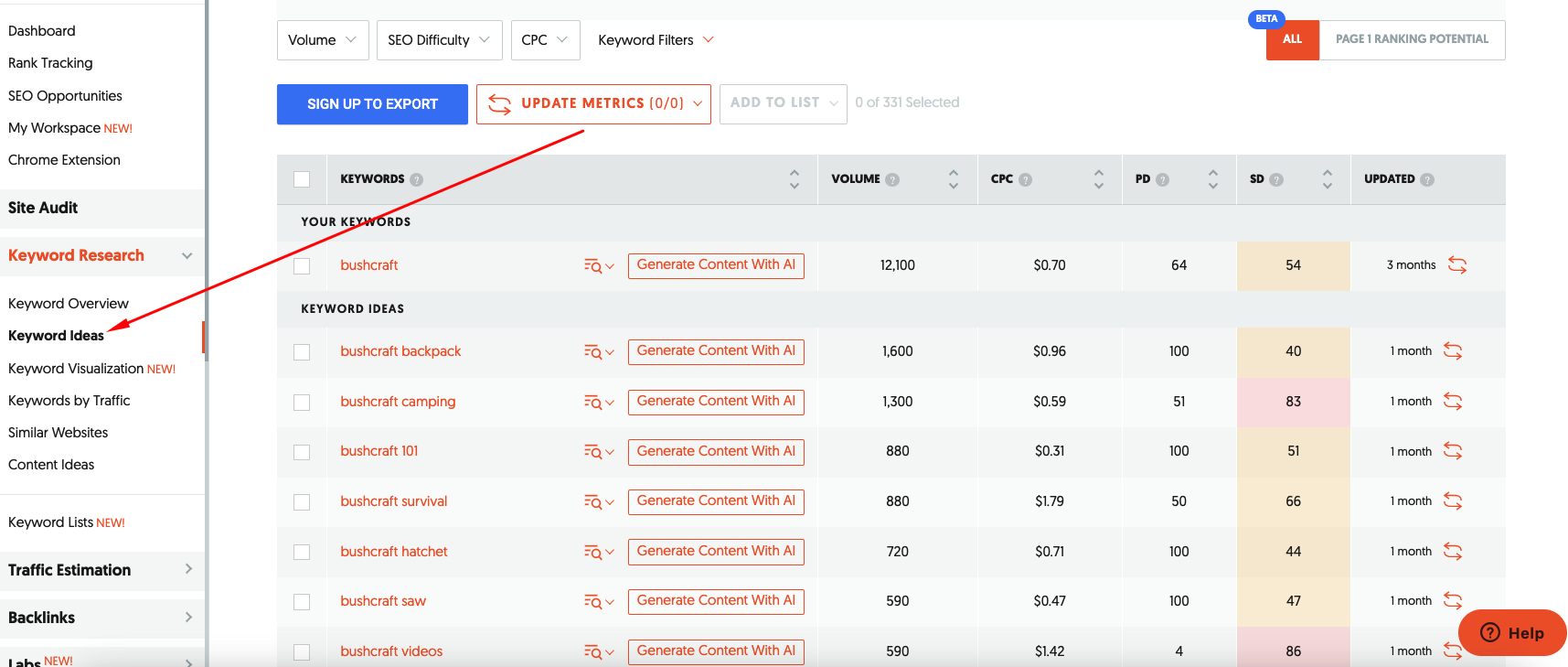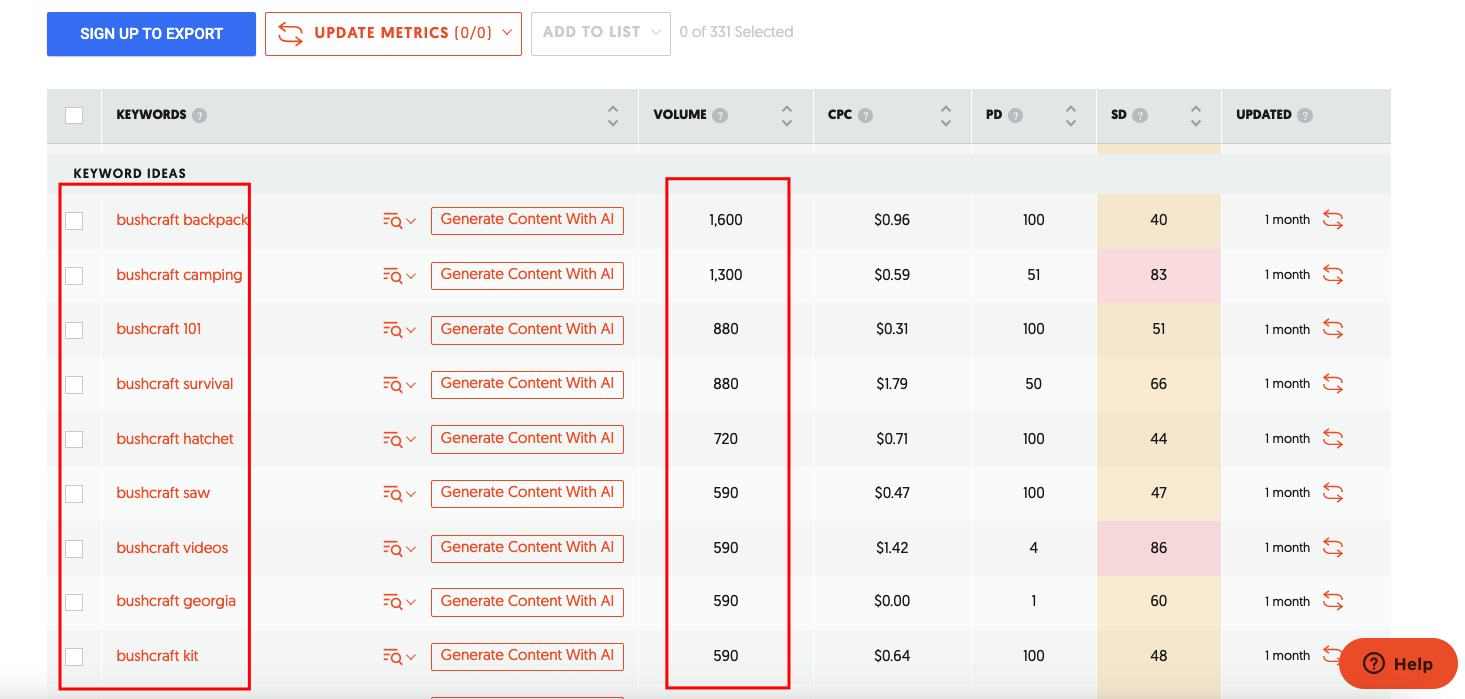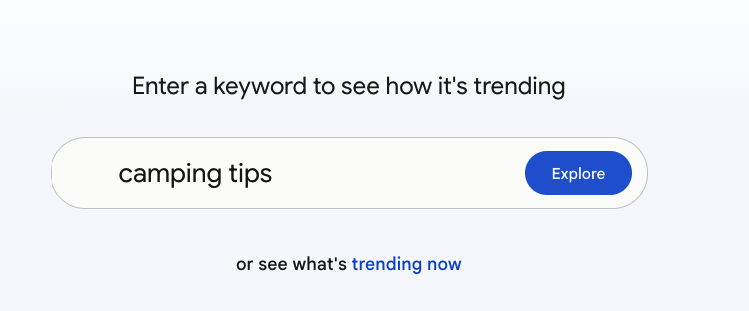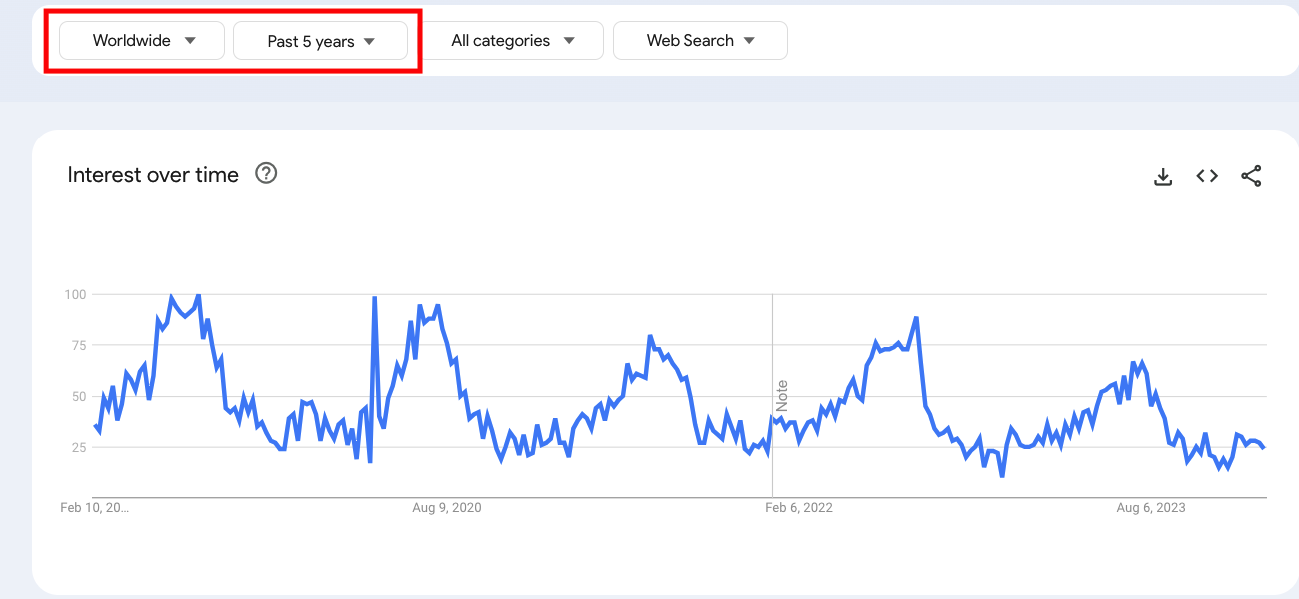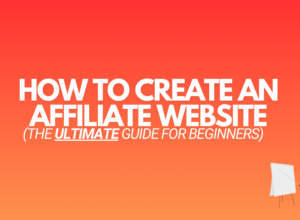If you’re looking to become an affiliate marketer…
This post is for you!
Because today, I’ll break down (exactly) how to become an affiliate marketer in 2024.
Furthermore:
We’ll also look at examples, so you have an actionable game plan you can follow immediately.
You ready?
Let’s do it…
What Is Affiliate Marketing?
Affiliate marketing is the process of selling other people’s products, then earning a commission for each sale referred by you.
When you promote products as an affiliate, you’ll be given an affiliate link.
That affiliate link is unique to you, and when people click that link and buy, you’ll be credited for the referral.
Here’s a quick rundown of affiliate marketing:
=> Choose a niche market to operate in
=> Find products that relate to that niche, that you can also promote as an affiliate marketer
=> Do keyword research to see what keywords your target audience types into Google
=> Setup a website and create content that targets those keywords
=> Get traffic to your content from Google, and use that content to promote your affiliate products
How To Become An Affiliate Marketer In 2024
(The Ultimate Guide For Beginners)
Step 1: Choose A Niche
What exactly is a niche?
A niche is a small segment of a market.
Rather than selling products to a general market, you’ll sell products to a specific audience (niche) within that market.
The niche you decide to work in is largely dependent on the topics your website is going to be about.
When deciding on a niche, follow this simple 4 step checklist:
1: You need to be interested in the topics that relate to your niche
You’ll be creating a lot of content that relates to the niche, so it’s important you’re actually interested in those topics.
2: It helps if you have basic knowledge of the niche
You’ll be creating content around niche related topics, so basic knowledge is helpful. (You don’t need to be the worlds foremost expert!)
3: The niche should be popular with enough search volume via Google
If there isn’t enough search volume in Google, it’ll be hard to generate sales over the long term. (We’ll use online tools to find this out.)
4: There needs to be affiliate products available to promote
If there are no products to promote as an affiliate, you can’t make money. (We’ll use online tools to find this out too.)
Here are 57+ of the best affiliate marketing niches in 2024.
Step 2: Find And Join Affiliate Programs
An affiliate program is an arrangement where a company pays you for referring customers i.e affiliate marketing. (You refer customers, then generate commissions through their “affiliate program.”)
Then there’s also an affiliate network.
An affiliate network is a platform that has many different companies who run their affiliate programs through the affiliate network.
It’s good to know the difference between an affiliate program and an affiliate network, because you’ll come across these terms often.
How To Find Affiliate Programs To Join
The easiest way to find affiliate programs is by joining an affiliate network.
When you join an affiliate network, you’ll get access to many different affiliate programs, across many different industries.
There are many different affiliate networks online.
But here are the top 3 affiliate networks for beginners.
All are free to join:
Amazon is not an affiliate network, but it’s own (independent) affiliate program.
But it’s the best one for beginners.
It’s beginner friendly, and they have millions of products to choose from, across every niche you can think of.
Amazon is also the affiliate program I would recommend you sign up to first, and the program we’ll be looking at in the next section.
How To Get Affiliate Links From Amazon
First, head over to Amazon and create a free account.
To do this, click the Sign In tab at the top of the page:
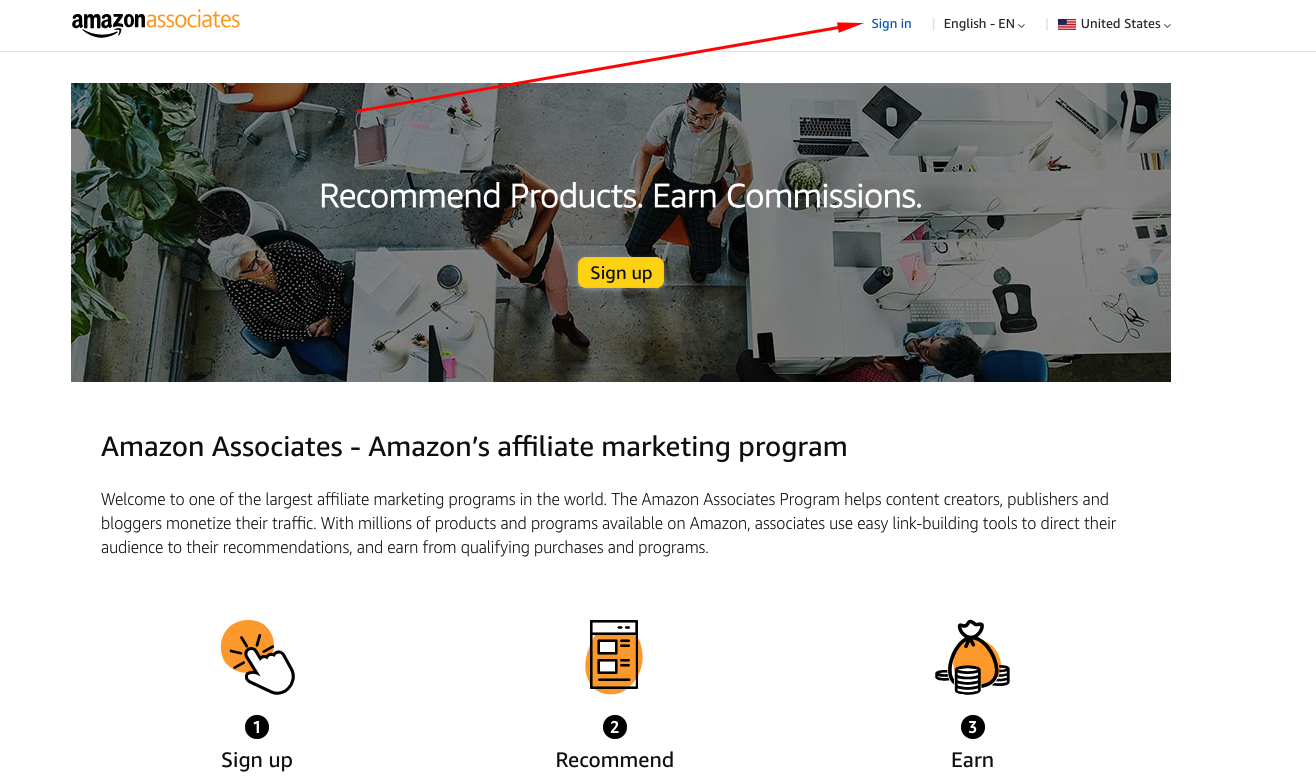
You’ll be prompted to log in, or to create an account.
Choose the Create Your Amazon Account option:

When your account has been created, you’ll need to fill out an account information form.
When that’s all done, while logged into your Amazon affiliate account, browse the regular Amazon.com website.
When you look for products on Amazon, you’ll now have this Get Text Link option at the top of every product listing:
Click that tab to grab your affiliate link for any product:
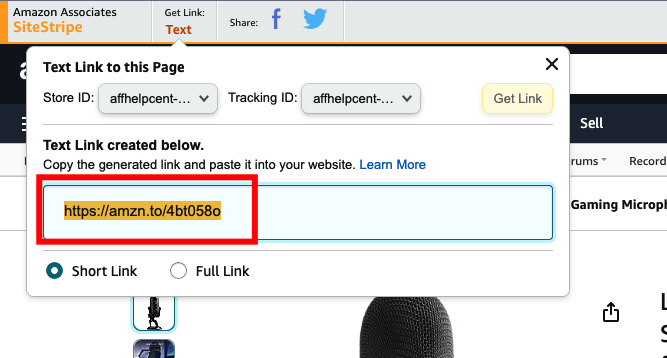
That’s the link you’ll share online, and all clicks and sales to that link are tracked back to you, the referring affiliate.
Step 3: Create Your Website
Your website will be your “place of business” on the internet.
You’ll use your website to create content (in the form of blog posts) which is then used to attract your target audience.
To create a website, there’s only 3 steps involved:
- Buy a domain name and setup web hosting
- Install WordPress
- Customize your website
Buy A Domain Name And Setup Web Hosting
The best place to get a domain name and web hosting from is BlueHost.
This is the company I use personally, and they’re ranked as one of the best hosting platforms for affiliate marketing websites.
With BlueHost, you can get started for as little as $2.95/mo.
You’ll get a domain name for free, and also an SSL certificate to make your website secure.
Also, they make installing WordPress easy.
To get started, head to BlueHost and click the Get Started button:
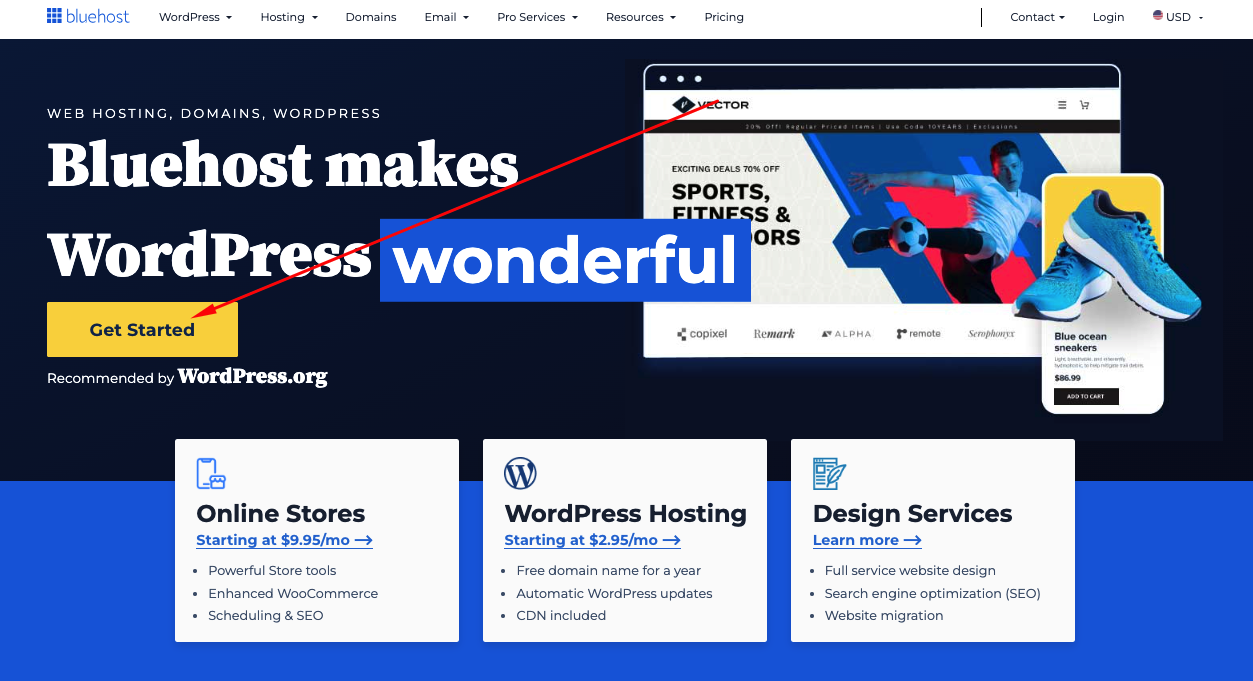
Next, you’ll need to choose a plan.
The basic plan is perfect when you’re just starting out:
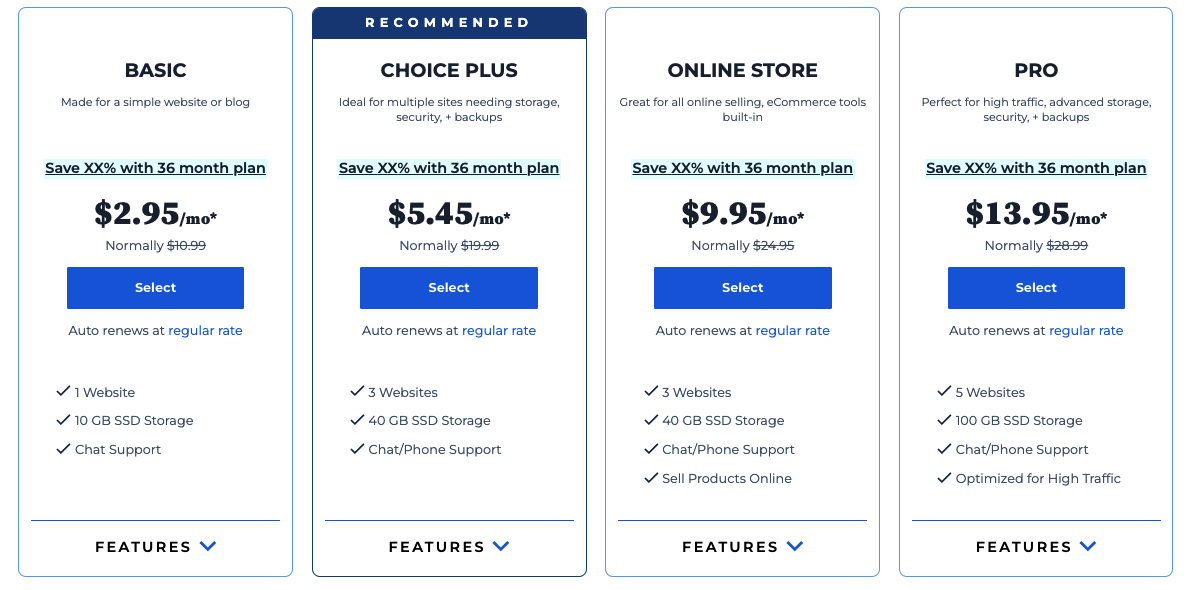
Then it’s time to choose your domain name.
Your domain name can be anything you want.
Or if you haven’t come up with a name yet, skip this step and do that later:
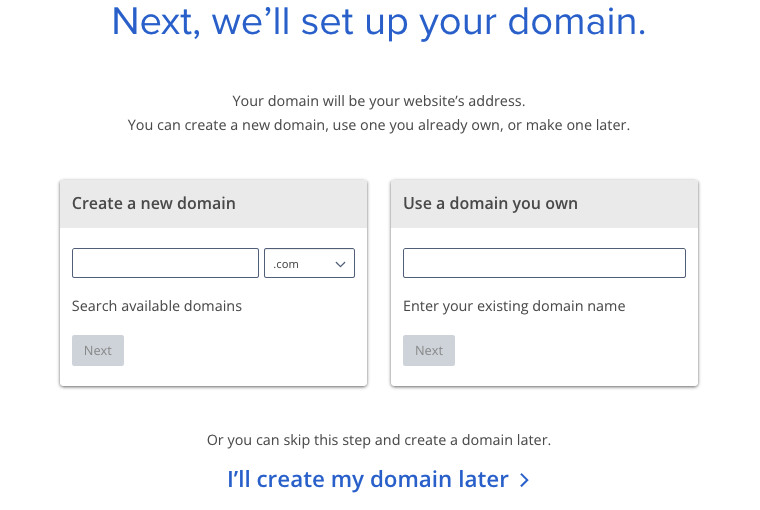
Next, fill in the account information section:
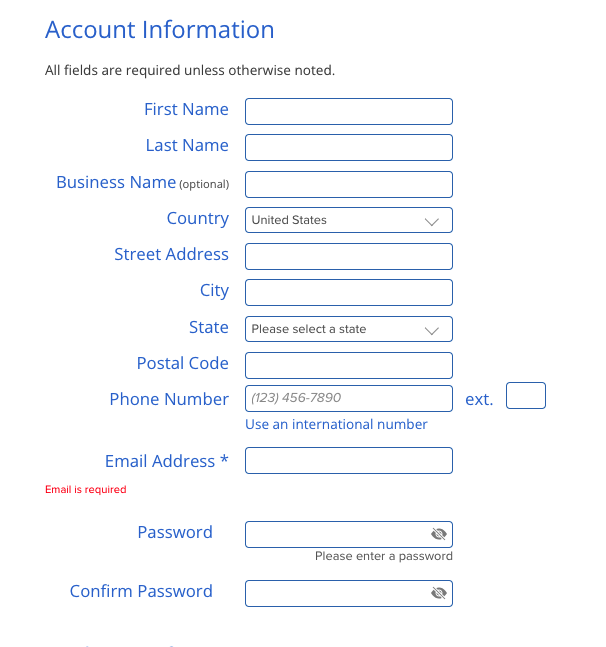
Then scroll down the page and confirm your package information and package extras.
You don’t need any package extras.
You can safely uncheck the boxes if they’re checked by default:
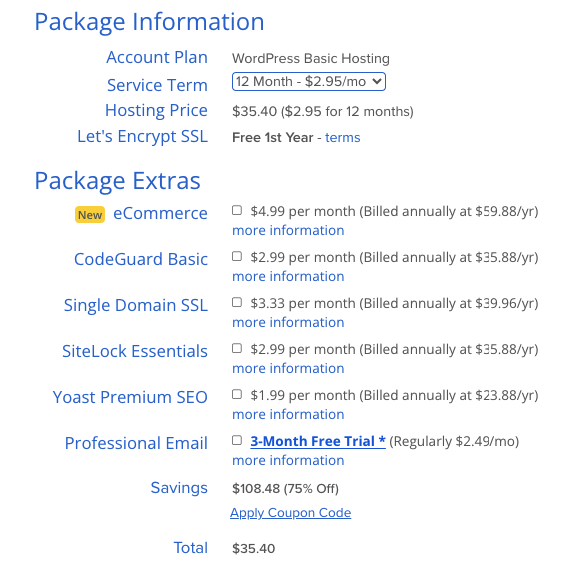
Scroll down the page where you’ll pay for your web hosting plan.
Simply enter your credit card information then click the Submit button:

When you’ve purchased your web hosting plan, you’ll need to create a password for your BlueHost account:
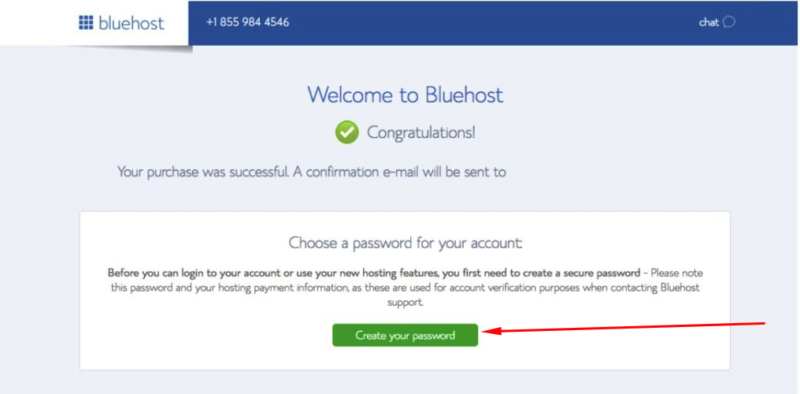
Once done, you’ll be able to log into your BlueHost account:
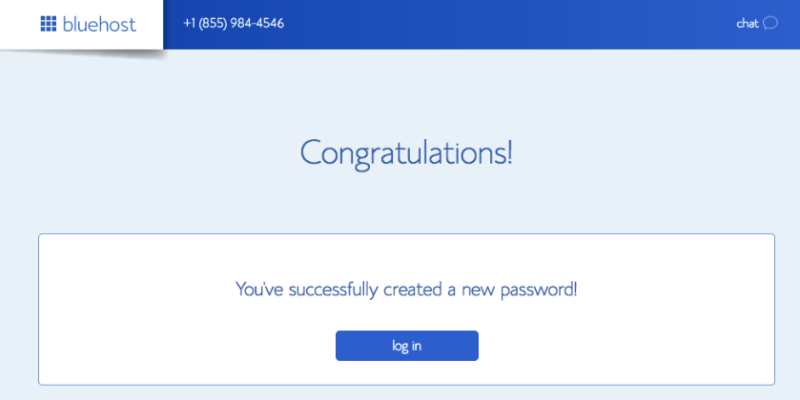
Install WordPress
When you log into BlueHost, they’ll ask you if you would like to install WordPress.
You’ll say yes.
WordPress is the platform you’ll use to create content and customize your website.
When WordPress has been installed on your website, BlueHost will show you login details to access your websites admin area:

Customize Your Website
There are many different things you can do inside of WordPress.
So, please watch this video:
Step 4: Research Keywords
Keyword research is the process of researching keywords (phrases) your audience types into Google.
The purpose is to find popular keywords that enough people are searching for.
Then to strategically include those keywords into your blog posts that you would like ranked in Google.
Come Up With A List Of Niche Topics
The first step in keyword research is to come up with a list of niche topics.
Niche topics are topics that relate to your niche, that your audience would be interested in.
For example:
Let’s use the niche “survival.”
Niche topics for that could be:
=> Self defense
=> Camping
=> Hunting
=> Bushcraft
=> Fitness
=> Gardening
=> DIY
=> General survival tips and tricks
See how that works?
Those are topics people in the survival niche will likely be interested in.
Niche topics will also be what the content on your website focuses on.
Your goal is to come up with as many different niche topics as possible. (At least 10.)
I would recommend noting these down using a platform such as Google Docs.
How To Find Keywords Related To Your Niche Topics
For this, we’ll use a free online tool called UberSuggest.
Here’s how it works.
First, head over to UberSuggest.
Then type in one of your niche topics into the search field and hit enter:
From the left hand side panel, click the Keyword Ideas tab:
UberSuggest will then show you a whole range of different keywords related to the topic you entered.
You’ll also be able to see how many people search for each keyword on a monthly basis via Google.
Like so:
You can rinse and repeat this process for all the listed keyword ideas, and for all your different niche topics.
By doing this, you should be able to come up with a huge list of potential keywords. (I would recommend adding these to another Google Doc or spread sheet etc.)
Look For Longtail Keywords
As you’re doing keyword research, you want to look for longtail keywords.
Longtail keywords are keywords with 3-4+ words in the phrase.
For example, look at “bushcraft.”
That’s just one word that isn’t very specific.
If you were to create content around that keyword, you wouldn’t know what to write about, because it’s too vague/broad.
Now look at:
“Bushcraft and camping tips for beginners.”
The latter is a longtail keyword, because it has more than 3-4 words in the phrase.
Why this matters is because, your content can then be targeted to specific keywords your audience enters into Google.
The more targeted you are, the more sales you’ll make.
Because your content is specific, for that specific person, and their specific keyword.
See the difference?
Understanding Commercial Intent
Commercial intent refers to the profit potential of a keyword.
Not all keywords are equal.
Some keywords can make you money and/or bring in leads.
While other keywords will attract freebie seekers who will never buy anything from you.
There are 4 categories you can place keywords in to:
1: Buy now keywords
These are keywords where the searcher is looking to make a purchase.
The types of phrases they’ll enter are:
“The best place to buy Air Jordans online.”
“Reviews on the new Dyson vacuum cleaner.”
“Zempire air tent review.”
2: Informational keywords
These are keywords where the searcher is looking for information on a specific topic.
Normally wanting to learn how to do, or achieve something.
The types of phrases entered into Google for these keywords are:
“How to play blues guitar for beginners”
“The best way to start a fire in the rain.”
“The easiest way to learn mathematics fast.”
3: Freebie keywords
These are freebie seeker keywords.
Normally they look something like this:
“Free movies to download online.”
“McAfee anti-virus cracked version.”
4: Navigational keywords
These are keywords geared toward wanting to know how to get somewhere.
For example:
“The nearest Chinese restaurant in my city.”
“How to get from a to b.”
As an affiliate marketer, you mainly want to focus on buy now keywords and informational keywords.
Check Monthly Search Volume In UberSuggest
UberSuggest is going to show you how many people search for your target keywords on a monthly basis.
This will range from a few hundred, up to tens of thousands.
It would seem as though the higher the number the better.
But this is not the case.
Because those keywords with really high volume, they’re usually not longtail keywords.
And the amount of people targeting those keywords is usually high.
So when looking at keywords, look for longtail keywords with a monthly search volume of around 100-1000.
That may not seem like much, but when you’re targeting many different longtail keywords, that adds up to a huge number.
Futhermore:
It’s much easier to rank in Google with lower search volumes and longtail keywords.
Add Your Keywords Into Google Trends
No matter what you do, you always (and I do mean always) add your keywords into Google Trends.
This is important, because Google Trends will show you how popular that keyword is over a period of time.
Failing to do this could result in you targeting keywords that only get searched for once a year.
Here’s how Google Trends works.
First, head to Google Trends.
In the search box, type in one of your keywords and hit the Explore button:
Google will show you how popular that keyword is in a graph style format.
Be sure to change the filters at the top to Worldwide and Past 5 years:
You need the graph to be climbing, steady, or spiking over time.
If the graph is dwindling over time, interest for that keyword is dropping.
Therefore, that keyword is a bad keyword and you should forget it and move on to the next one.
This entire keyword research process needs to be repeated for every single niche topic and/or potential keyword.
When you have keywords that tick all the boxes, those keywords will be added into content you create on your website.
Step 5: Create Content
Creating content is done in the form of blog posts.
When you write blog posts, there are only 3 types of posts you ever need to focus on.
1: Product Reviews
These posts are where you review a single product, or several products side by side like a comparison.
These types of posts are your main “money making posts.”
For example:
I have this post about the best email marketing services for bloggers.
The post is a product review where multiple products are reviewed within the post.
Such as ConvertKit:
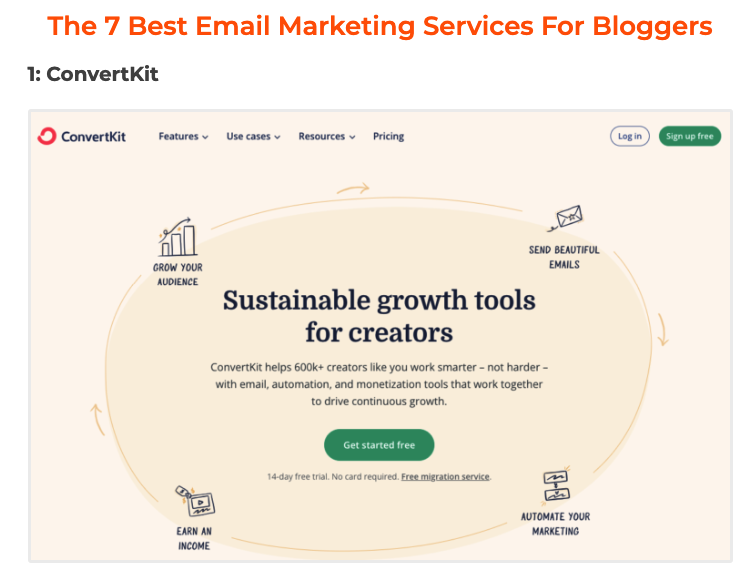
And Aweber:

When you write product reviews, be honest and genuine within your review.
Also, consider adding elements into the post such as a pricing section, or key features, or what you like/dislike etc.
This will help to “beef up” the post and make the post more valuable.
Like this:
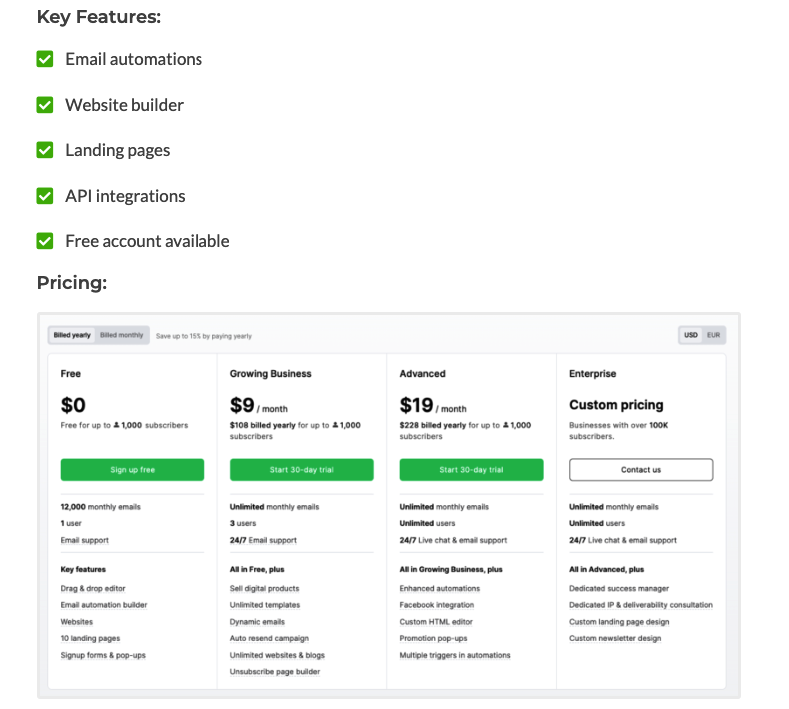
Of course, the products you review should be affiliate products.
2: List Posts
A list post is a numbered list of something.
With that something being a topic your audience is interested in.
For example:
This post is a simple list of the best eBook affiliate programs:
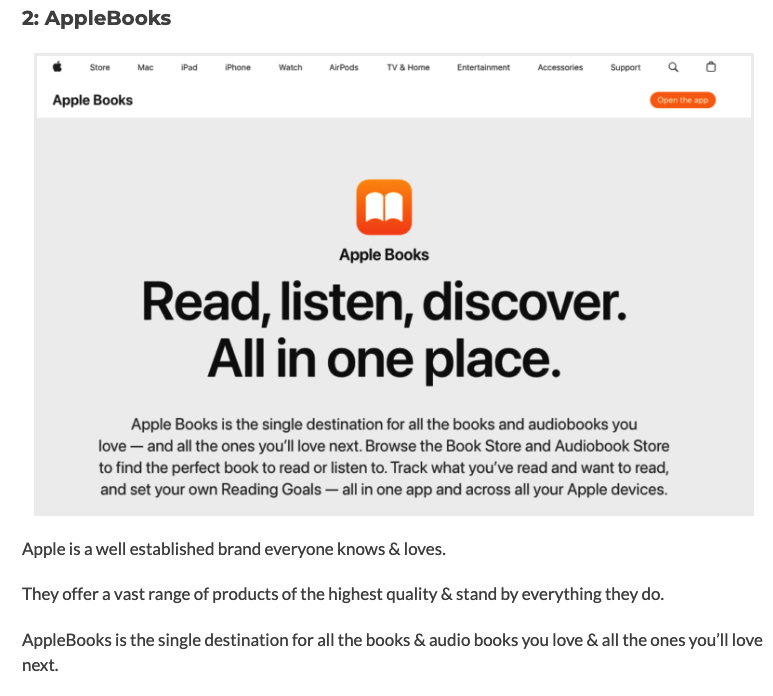
A list post is similar to a product review post.
Your list posts can include affiliate products, or not.
With list posts, these can be used as money making posts, and be informational style posts. (To help/educate your audience.)
3: How To Posts
A how to post is where you teach your audience how to do or achieve something.
These posts are usually more educational in nature.
The idea behind these types of posts is to bring traffic to your website.
Then within your content of your how to posts, link out to your product reviews and your list posts. (Where and when it makes sense to do so.)
This very post you’re reading is an example of a how to post.
Because the post talks about how to become an affiliate marketer.
Then within this post, there are links out to other posts on my site.
See how that works?
Step 6: Get Traffic With SEO
SEO stands for Search Engine Optimization.
It’s the art of optimizing your blog posts so Google loves your content, and wants to rank it in the search results.
12 SEO Tips To Use In Your Content
When writing content, be sure to always implement these SEO tips:
1: Use user friendly URLs
Keep the URL’s of your blog posts short and “clean.”
Instead of:
https://yourdomain.com/?p=123
You want something like this:
https://yourdomain.com/yeti-micrphone-review
By default, WordPress will make your URLs ugly like the first example above.
You can change this by going to Settings => Permalinks and choosing the Post Name option:

2: Include your target keyword in your title tag
Whatever the keyword is you’re targeting, include it in the title of your blog posts.
Like you see in this post about the best tools for affiliate marketing:
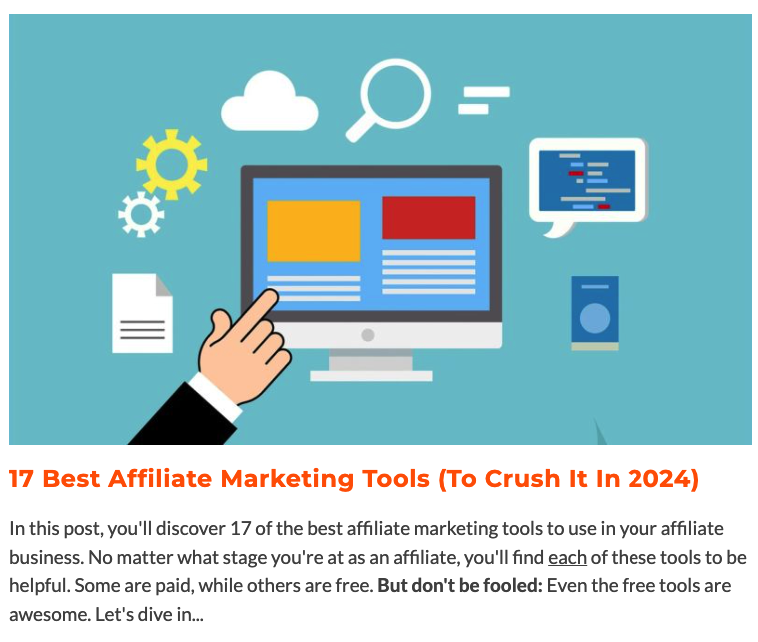
The target keyword is affiliate marketing tools, which you can see is part of the post title.
3: Include your target keyword in the first 100 words
When writing your posts, be sure to include your target keyword (at least once) within the first 100 words.
For example:
In this post about affiliate marketing funnels, you’ll see my target keyword within the first 100 words:
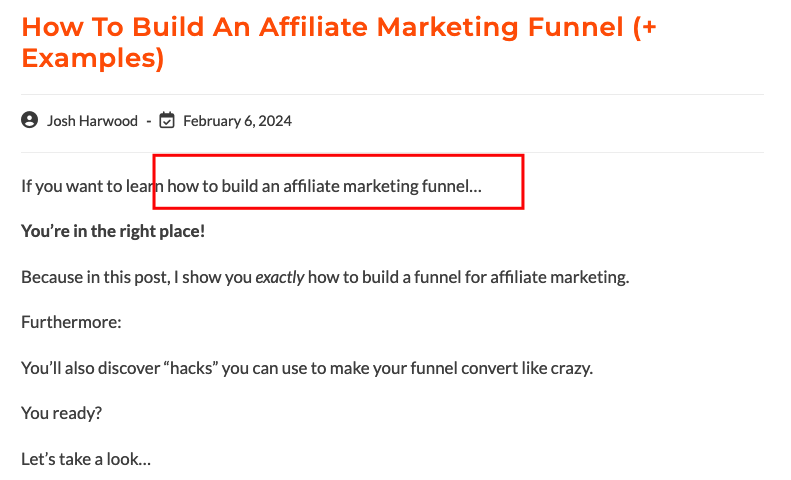
4: Sprinkle your keyword throughout your content
Be sure to sprinkle in your target keyword through your posts.
Don’t stuff it in there though.
Add it in naturally, when and where it makes sense to do so.
Sometimes it’s hard to get your keyword into your content, and that’s ok.
One thing you can do is add your keyword into the conclusion part of your post.
Like you see in this post about the best beauty affiliate programs:
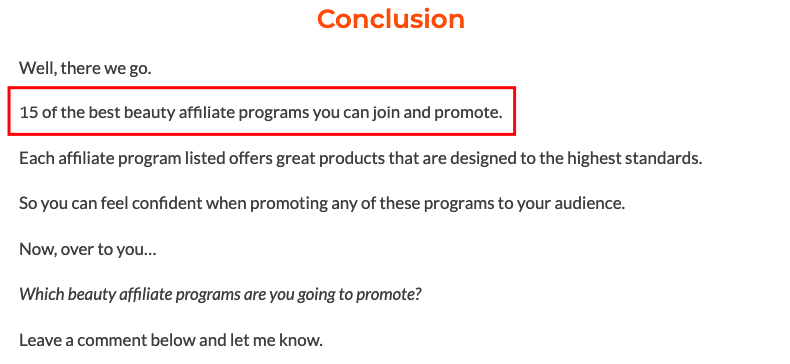
5 Write helpful, unique content
This is the most important step.
Whatever you write, make it unique and helpful.
If your content isn’t helpful or unique, you’ll never make money with affiliate marketing.
Ultimately, affiliate marketing requires you (the affiliate) to actually help people and solve real problems.
If there’s only one thing you take away from this post, this is it.
6: Optimize for mobile
Most people browse the internet from their mobile phones.
So it’s vital your content/website is optimized for mobile, and looks great on all devices.
If you use WordPress, this will happen automatically.
But always check your content from a mobile device, just so you can be sure it looks great, and everything works e.g buttons/links etc.
7: Insert outbound links
Outbound links are links within your content, that link out to an external source.
By doing this, you show Google your website is a hub of great quality information.
Simply insert outbound links when/where it makes sense to do so, especially when citing sources.
8: Insert internal links
Internal links are links from within your content, that link out to other pieces of content on your website.
Internal links help search engines navigate your website, and it helps visitors to find related content.
9: Have a fast loading website
A slow loading website will cause visitors to leave.
So be sure your website loads fast.
You can achieve this by using a good web host (BlueHost is one of them) and not bombarding your website with all kinds of videos and ads etc.
That’s just more “load” on your website, which will affect how fast your website is.
10: Optimize images with alt text
Alt text stands for alternative text.
When you upload images into WordPress, you’ll have the option to add text into each images alt text section.
Like so:

Insert your target keyword into that section.
11: Include your target keyword in your meta description
A meta description is a snippet of text that summarizes a page’s content.
You’ll see these all the time in the search listings:
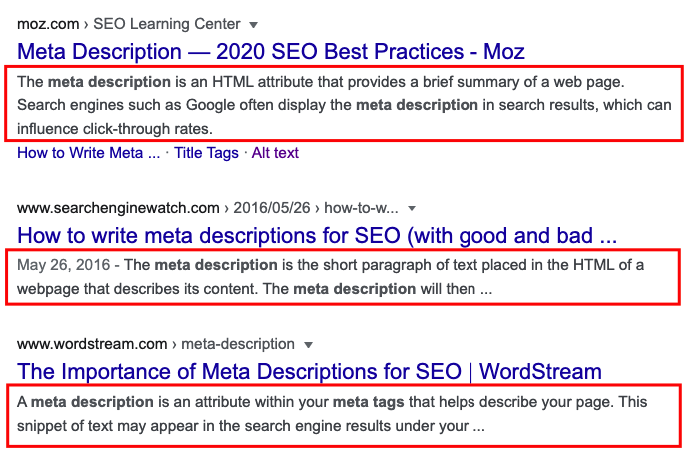
Here you’ll describe what your content is about, while also including your target keyword at least once.
Your keyword will be bolded in the meta description so it “stands out” to a searcher.
This is another indicator to a search engine your content is relevant to a search term.
If you use WordPress, check out Yoast.
Yoast gives you the ability to write a custom meta description.
12: Use your target keyword in subheadings
Subheadings are used to create text structure.
They help a reader quickly understand what a paragraph or group of paragraphs is about.
Whether this directly influences SEO or not, nobody really knows.
But:
It does create for a better user experience, which has an indirect effect on SEO.
You can see an example on using keywords in subheadings in this post about copywriting.
Build Backlinks
Backlinks are links from third party websites that link to your website:

[Image Source: Ahrefs]
Google views backlinks as “votes.”
The more votes (backlinks) you have, the higher your content will appear in the search listings.
How To Build Backlinks
There best way to build backlinks is by guest posting.
Guest posting is where you write posts on other people’s websites who are in the same industry as you.
Most websites who allows guest posts, also allow for the writer to include a backlink back to their website.
An easy way to find websites to guest post on is to use Google.
Simply search for “your niche + guest posting.”
Like this:

Google will show a list of websites that allow for guest posting.
Click on the ones that interest you, and they’ll tell you how you go about guest posting on their site.
Like so:

You can rinse and repeat this process as many times as you like, to build as many backlinks as possible.
Recap Of How To Become An Affiliate Marketer
Step 1: Choose a niche
Step 2: Find and join affiliate programs
Step 3: Create your website
Step 4: Research keywords
Step 5: Create content
Step 6: Get traffic with SEO
Conclusion
And there we go.
How to become an affiliate marketer in 2024.
Affiliate marketing takes a lot of work.
It’s not easy, nor is it a get rich quick scheme.
But when done correctly, your website becomes an asset that can pay you for a very long time.
Now, over to you…
“Are you ready to become an affiliate marketer?”
Let me know in the comments below.
I’d love to hear from you!
